N-Butyllithium CAS 109-72-8
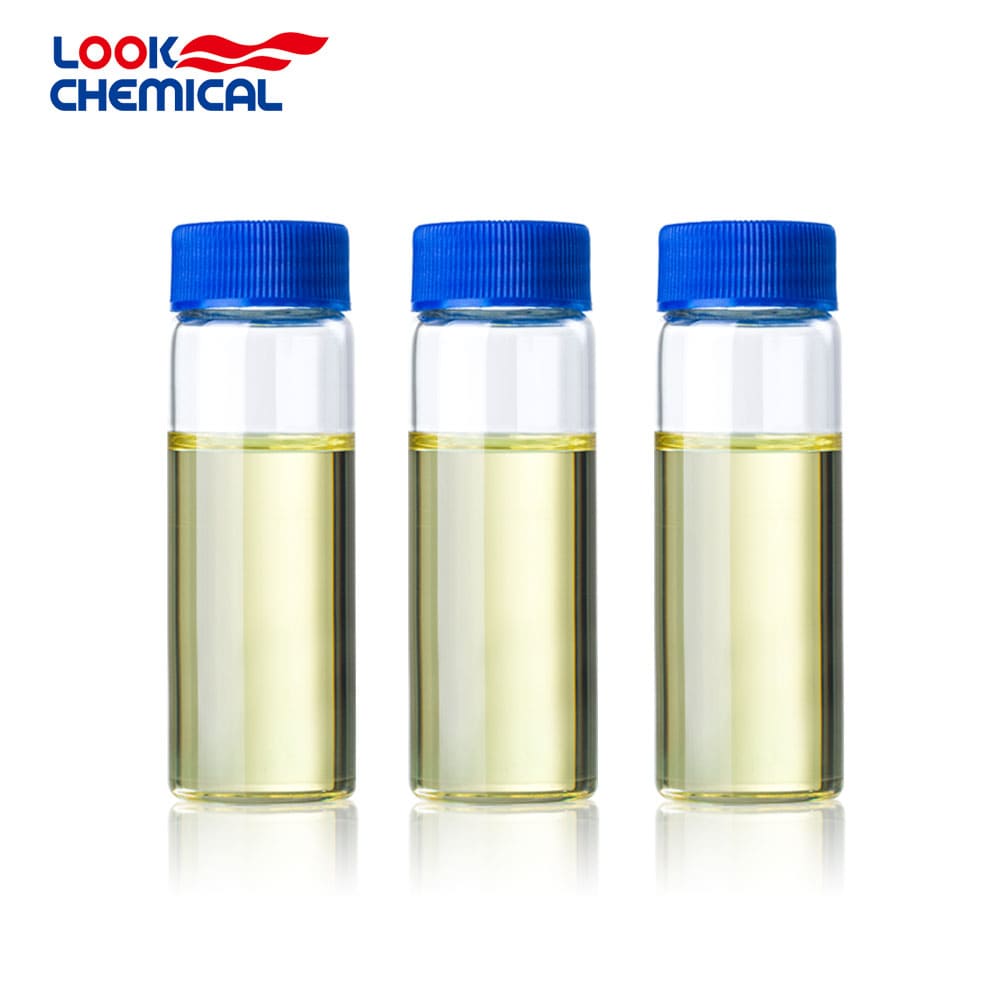
N-Butyllithium CAS 109-72-8 With Free Sample
- Appearance:Liquid
- Purity:99.8%
- Delivery:30days
- Sample Available:Available
- Payment:L/C,T/T,D/P,Paypal,Money Gram,Western Union
- Incoterm: FOB,CFR,CIF,EXW,FCA,CPT,CIP
- Transporta:Ocean, Land,Air, DHL,TNT FedEx
Name: N-Butyllithium
CAS: 109-72-8
MOQ: 1KG
Directory Guidance on N-Butyllithium
Product Introduction:
N-Butyllithium (CAS No. 109-72-8), with the chemical formula C4H9Li, is an organic lithium compound known for its high activity and strong alkalinity. It usually exists in the form of a slightly yellow liquid, with a melting point of -76°C and a relative density of 0.765 g/cm3.
It is extremely sensitive to air and water, has high chemical activity and strong nucleophilicity, and reacts violently when it comes into contact with water, so it needs to be operated under anhydrous and oxygen-free conditions.
As a strong base and strong reducing agent, N-Butyllithium has a wide range of applications in organic synthesis. It can be used as a lithiating agent for active hydrogen-containing substrates for lithium-halogen exchange reactions or lithium-metal transmetallation reactions.
N-Butyllithiu is also a catalyst for polymerization reactions, especially for initiating anionic polymerization of conjugated dienes to prepare polymers with specific structures, such as low-cis polybutadiene rubber, isoprene rubber, etc.
In organic synthesis, N-Butyllithium is often used as a strong reducing agent and deprotonating agent, which can initiate various reactions, such as addition reactions of olefins, nucleophilic substitution reactions of aromatic compounds, and transformations of certain functional groups. It can also react with many organic molecules to generate lithium salts or lithium alkylates, thereby forming new chemical bonds.
The preparation of N-Butyllithium is usually achieved by reacting n-butyl chloride or n-butyl bromide with metallic lithium in ether or hydrocarbon solvents.
Due to its sensitivity to the environment, its storage and transportation require special attention and usually need to be carried out under the protection of inert gas. In industry, it is not only used for synthetic rubber and resins, but also widely used in coatings, pharmaceutical intermediates and pesticides.
Basic Info:
Chemical Structure
| Melting point | -95 °C |
| Boiling point | 80 °C |
| density | 0.68 g/mL at 20 °C |
| Fp | 10 °F |
| storage temp. | 2-8°C |
| solubility | Miscible with diethyl ether and cyclohexane. |
| form | liquid |
Nature and Specifications:
| Item | Specification |
| Product Name | N-Butyllithium |
| CAS No. | 109-72-8 |
| Appearance | Liquid |
| Shelf Life | 2 years |
| Packing | As your requirements |
| form | liquid |
| color | yellow |
| Specific Gravity | 0.695 |
| Odor | Odor of the solvent |
| Water Solubility | vigorous reaction |
| Sensitive | Air & Moisture Sensitive |
What Are The Uses of N-Butyllithium
Product service:
N-Butyllithium (C4H9Li) is a very important organic lithium compound. Due to its strong reactivity and versatility, it has a wide range of applications in organic synthesis, materials science, medicinal chemistry and other fields.
1. Application in organic synthesis
N-Butyllithium is one of the most commonly used reagents in organic chemistry and is widely used in various reactions, especially in the process of forming carbon-carbon bonds.
① Deprotonation reaction: As a strong deprotonating agent, N-Butyllithium can remove hydrogen atoms on hydrocarbon groups to generate corresponding anions. For example, it can deprotonate hydrogen atoms on alkyl, alkenyl, alkynyl and aromatic hydrocarbons to generate corresponding anions, which can participate in a variety of reactions.
② Addition reaction: N-Butyllithium can react with olefins, cycloolefins and other compounds to form new carbon-carbon bonds. For example, it can react with carbonyl compounds (such as ketones and aldehydes) to generate corresponding alcohols.
③ Nucleophilic substitution reaction: N-Butyllithium can also be used as an important reagent in nucleophilic substitution reactions. For example, it can react with alkyl halides to undergo SN2 reactions to generate alkyl lithium compounds. This type of reaction is very useful in the synthesis of complex organic molecules.
④Synthesis of metal compounds: In the synthesis of certain metal organic compounds, N-Butyllithium is usually used as a metallizing agent to react with metal halides. For example, it can react with aluminum halides, silicon halides, etc. to generate lithium metal organic compounds for subsequent synthesis.
2. Application in polymer synthesis
N-Butyllithium also has important applications in polymer chemistry, especially in polymerization reactions:
①Initiation of polymerization reactions: N-Butyllithium is widely used as an initiator in copolymerization reactions. It can react with certain monomers (such as styrene, isoprene, etc.) to generate polymer chains. During the polymerization process, it usually acts as an active initiator to participate in controlling the progress of the polymerization reaction.
②Synthesis of block copolymers: N-Butyllithium is used to synthesize block copolymers, in which polymers with specific molecular weights and structures can be obtained by controlling the concentration of the initiator and the reaction conditions. For example, it is often used to synthesize polymers such as styrene-butadiene rubber and polybutadiene.
3. Application in the medical field
In pharmaceutical chemistry, N-Butyllithium also has certain applications, mainly in the synthesis of drug molecules. It can react with the functional groups of drug molecules under specific conditions to transform functional groups or construct new molecular skeletons:
①Synthesis of drug intermediates: N-Butyllithium can be used to synthesize intermediates of some drugs, especially in the synthesis of complex molecules, it can help to construct specific functional groups or achieve specific stereochemical control.
②Preparation of efficient catalysts: In the catalytic reaction of drugs, N-Butyllithium, as one of the components of the catalyst, can regulate the selectivity and efficiency of the reaction. For example, it may be used as one of the key catalysts in the synthesis of some anticancer drugs and antibacterial drugs.
4. Application in materials science
N-Butyllithium is also used in materials science, especially in the research field of lithium batteries and catalysts:
①Research on lithium batteries: Because N-Butyllithium has strong nucleophilicity and high reactivity, it can be used as a lithium source in lithium battery research and participate in the development of new lithium battery materials. As one of the lithium sources in lithium batteries, it can improve the performance and stability of the battery.
②Synthesis of catalysts: N-Butyllithium is often used to synthesize various metal organic catalysts, especially in catalytic organic reactions and cracking reactions. It can react with transition metals or other metal sources to form metal organic compounds with specific catalytic activity.
5. Synthesis of new organic lithium compounds
N-Butyllithium is a starting reagent for the synthesis of other organic lithium compounds. For example, it can react with halogenated compounds to generate various organic lithium compounds, which have a wide range of applications in different reaction systems.
It is also often used to synthesize high-purity organic lithium compounds, which play an important role in organic synthesis, catalytic reactions and polymer chemistry.
As a strong reducing agent and strong deprotonating agent, N-Butyllithiu has a wide range of applications in many fields such as organic synthesis, polymer chemistry, materials science and medicinal chemistry.
Due to its high reactivity and versatility, it is an indispensable and important tool in modern chemical synthesis and material design.
How to use N-Butyllithiu safely
N-Butyllithium (n-Butyllithium) is a highly reactive organic lithium compound, and special attention should be paid to its safety during use. Since it is extremely sensitive to water and air, improper operation may cause fire, explosion or other hazards. Therefore, strict safety operating procedures must be followed when using N-Butyllithium.
1. Avoid contact with water
N-Butyllithium reacts violently with water, generating hydrogen and releasing a large amount of heat, which may cause fire or explosion. Since it reacts quickly with moisture, a completely water-free environment is required during operation.
Water-free environment: When using N-Butyllithium, it is necessary to ensure that all containers, utensils, solvents, etc. are water-free. All equipment in the laboratory must be dry and moisture must be prevented from entering the reaction system.
2. Prevent contact with air
N-Butyllithium is very sensitive to oxygen and moisture in the air, and spontaneous combustion or decomposition reactions may occur. Therefore, air contact must be avoided during storage and operation.
Inert gas protection: N-Butyllithium should be operated and stored in an inert gas atmosphere (such as nitrogen or argon). Make sure all containers and reactors are well sealed and the system is filled with inert gas.
3. Personal protection: Operators must wear appropriate personal protective equipment, including protective gloves, goggles, protective clothing, etc. to prevent direct contact and splashing.
4. N-Butyllithium should be stored under appropriate conditions to reduce hazards:
Container requirements: N-Butyllithium should be stored in closed, water-free containers. Common storage containers include special aluminum bottles or glass bottles, which are usually filled with inert gas.
Temperature control: The ambient temperature for storing N-Butyllithium should be kept at a low level to avoid high temperature environment. High temperature may intensify its decomposition reaction or cause spontaneous combustion.
Avoid contact with incompatible substances: Avoid contact with reactants such as oxidants, acids, halogens, moisture, etc. Contact with these substances will trigger violent reactions and cause safety hazards.
- Certificate Of Analysis (COA)
- Material Safety Data Sheet (MSDS)
- Route of synthesis (ROS)
- Method of Aanlysis (MOA)
- Nuclear Magnetic Resonance (NMR)
- Packing pictures and loading video before loading
- Free Sample
- Factory audit
Contact Us
Product picture:
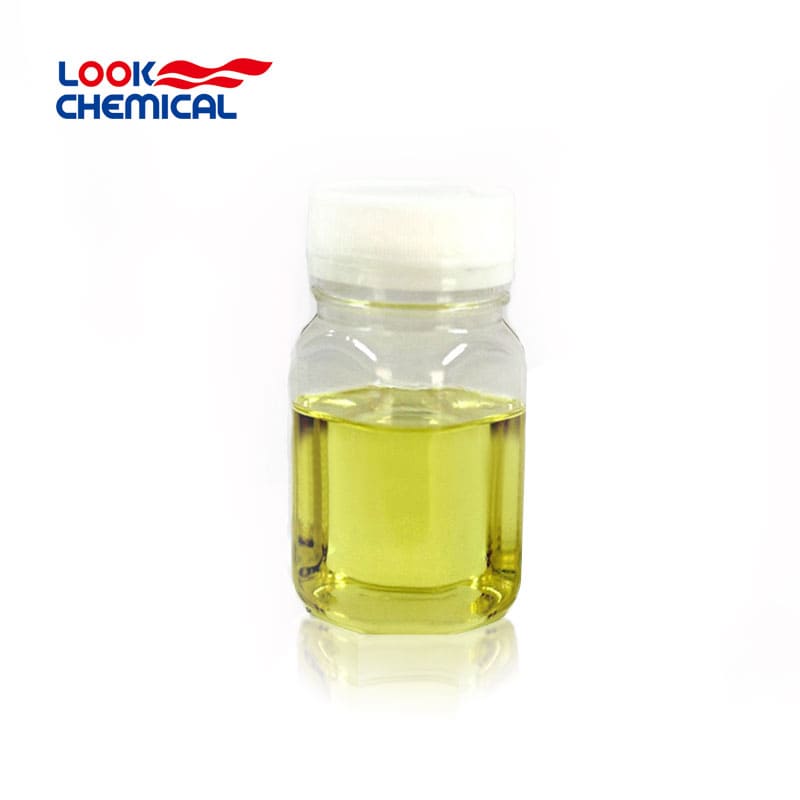

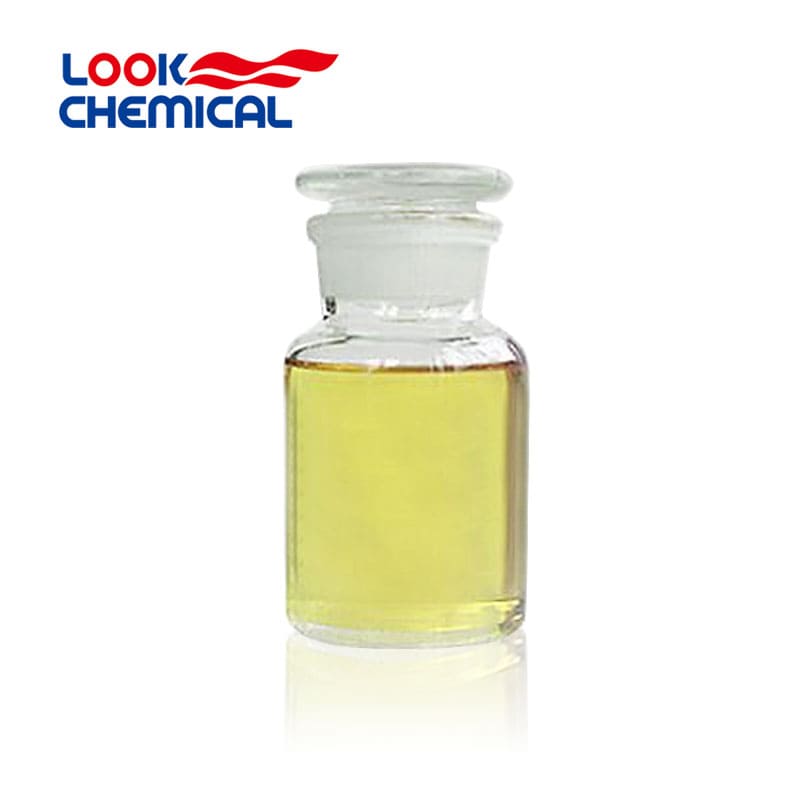
Product Package picture:
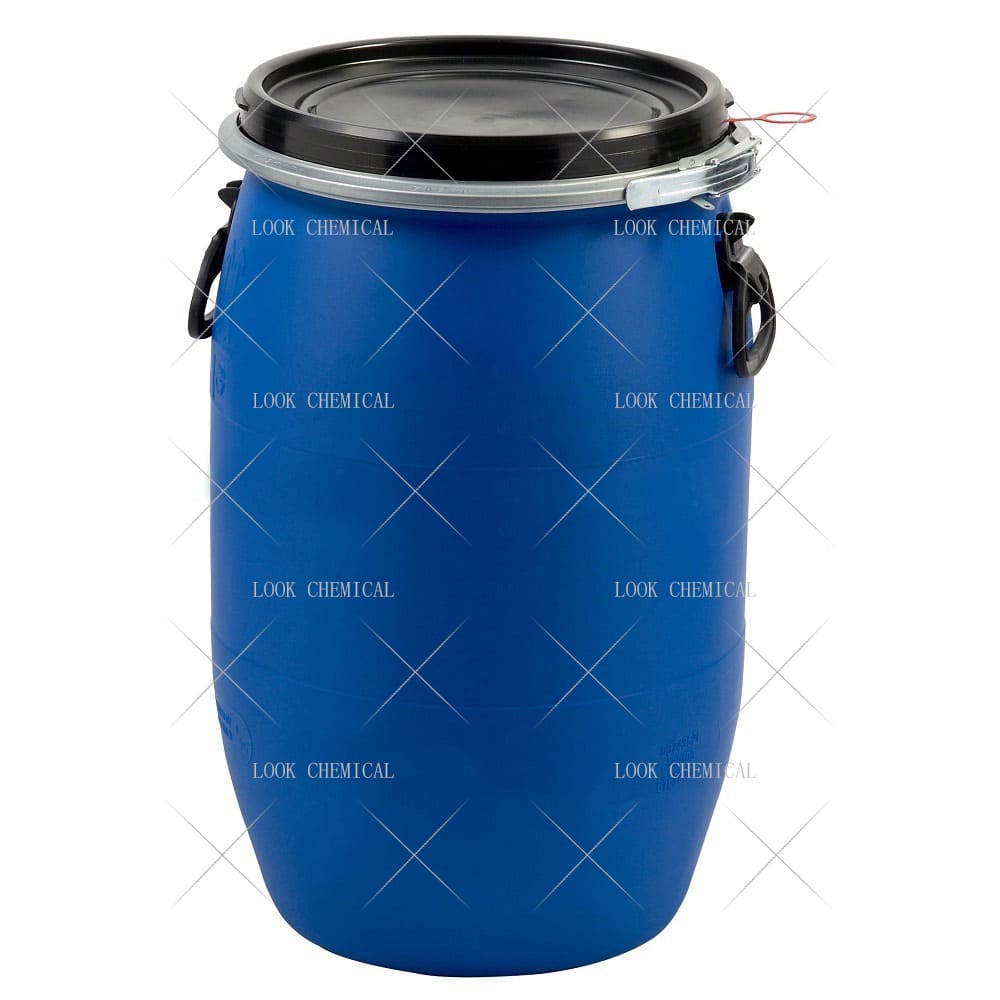
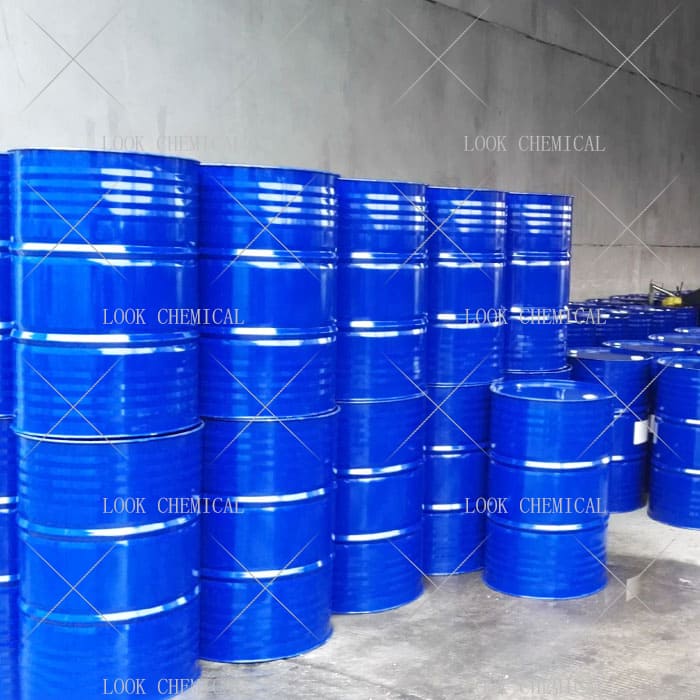
Related References:
chemicalbook-N-Butyllithium
N-Butyllithium Manufacturer
Contact Us
As an experienced N-Butyllithium manufacturer and supplier, Look Chemical is committed to producing and selling high quality products.
We cooperate and trade with 6000+ factories around the world, and our high-quality products and excellent services make us enjoy a high reputation internationally.
As PN-Butyllithium CAS 109-72-8 supplier, Look Chemical provides supply chain solutions to partners and customers in a wide range of industries. We offer competitive pricing and quality products.
If you have a demand for this product, please contact our company’s sales staff, we will provide you with a solution in the shortest time.
Transport proposal

1. For products ≤50kg, we recommend using express delivery, which is usually called DDU service (discounted, convenient).
2. For products ≤500kg, we generally recommend air freight, which is usually called FOB, CFR or CIF service (fast and efficient).
3. For products >500kg, we generally recommend shipping by sea, which is usually called FOB, CFR or CIF service (economical, safe).
4. For high-value products, please choose air or express to ensure the safety of product transportation.
Shandong Lookchemical service:
* Timely reply and 24 hours online, the professional team will provide you with the most favorable prices and high-quality products.
* The sample supports testing and inspection.
* Each batch of products will be tested to ensure that its quality meets user needs.
*Packaging can also be made according to customer requirements.
*Any inquiries will be answered by our relevant personnel within 24 hours.
*We will provide you with commercial invoice, packing list, packing list, COA, health certificate and certificate of origin if you need it. If your market has other special requirements, please let us know.
*We will monitor the logistics information in real time and will share the information with you.
* You can consult us at any time if you have any questions about the product, and we will answer you in time.
*If you have any questions about the product, you can report it to us, we will deal with it in time for you, and the product can be returned.
Frequently Asked Questions(FAQ):
We will make samples before mass production, and after sample approved, we’ll begin mass production. Doing 100% inspection during production, then do random inspection before packing.
Our MOQ is 1kg. But usually we accept less quantity such as 100g on the condition that sample charge is 100% paid.
Yes. We’ll give you product analysis report before shipping.
Different quantity has different discount.
Yes. Welcome to visit.
You can get free samples for some products,you only need to pay the shipping cost or arrange a courier to us and take the samples. You can send us your product specifications and requests,we will manufacture the products according to your requests.

